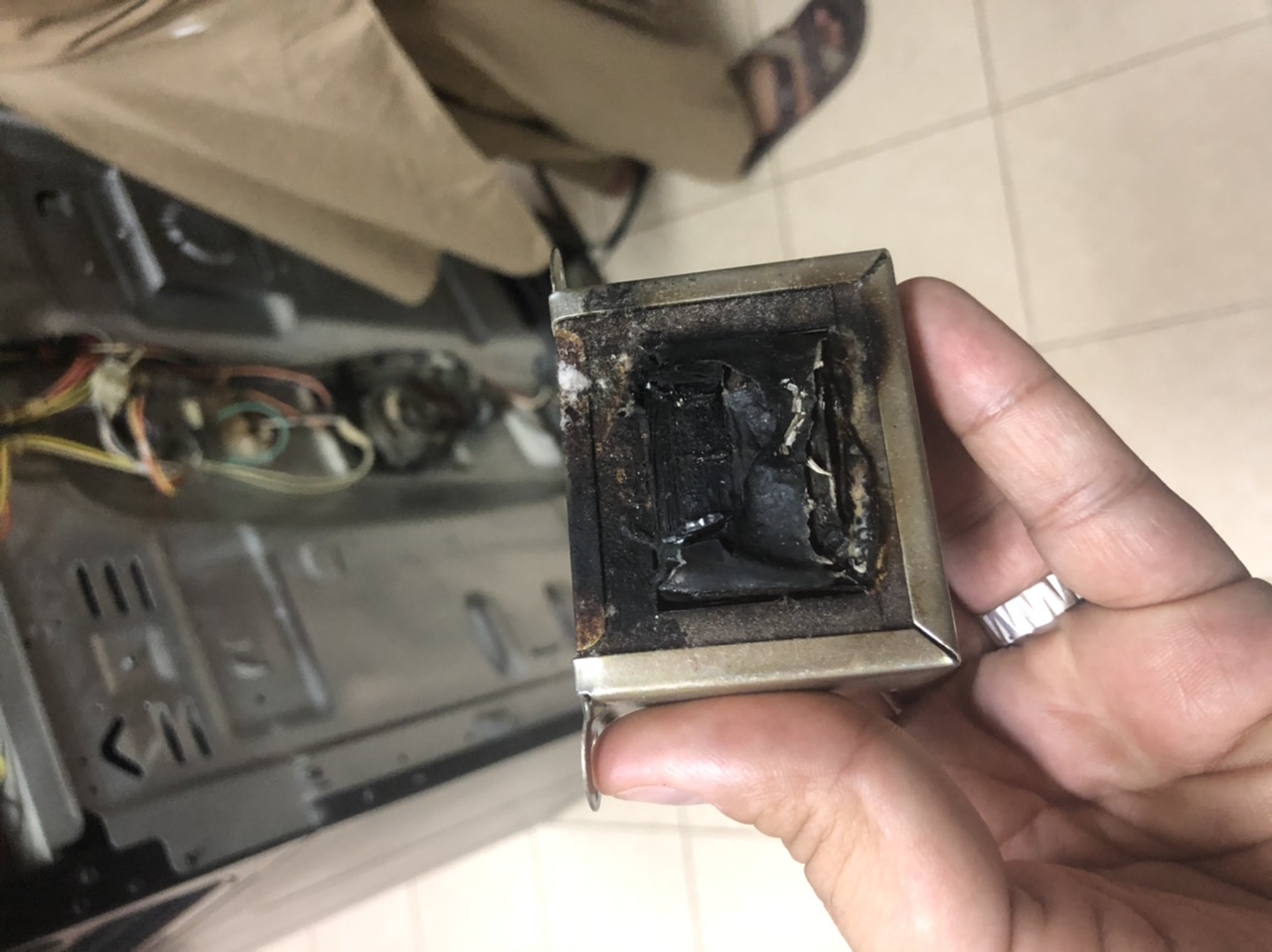I have GE oven (JB680SP3SS), purchased in 2011. It requires 220v + 110v.
The place I was living in had 110 and 220.
Last year I moved to another city and the place I live it only have 220v.
I brought a handyman and he installed the oven. I did not know why only the burners were working, whereas the control panel buttons don’t work and the clock is just black.
So, I called a local maintenance store and they told me that my oven is an older model that doesn’t have a built-in transformer like the new ones. So, they installed a transformer (10 months ago).
2 days ago, the control panel went black again. I opened the back plate and discovered that the transformer blew up!
I’m thankful that it did not burn my house.
I have a couple of questions, because I don’t know what to do.
Is it true that the new ovens have transformers built-in?
How do I know which transformer to get for safe installation?
P.S. I don’t trust electricians here, as they’re not certified.



